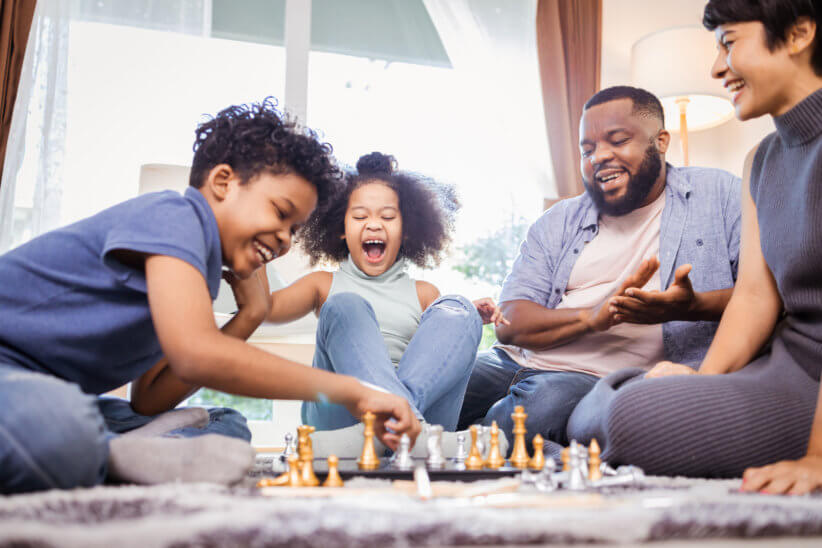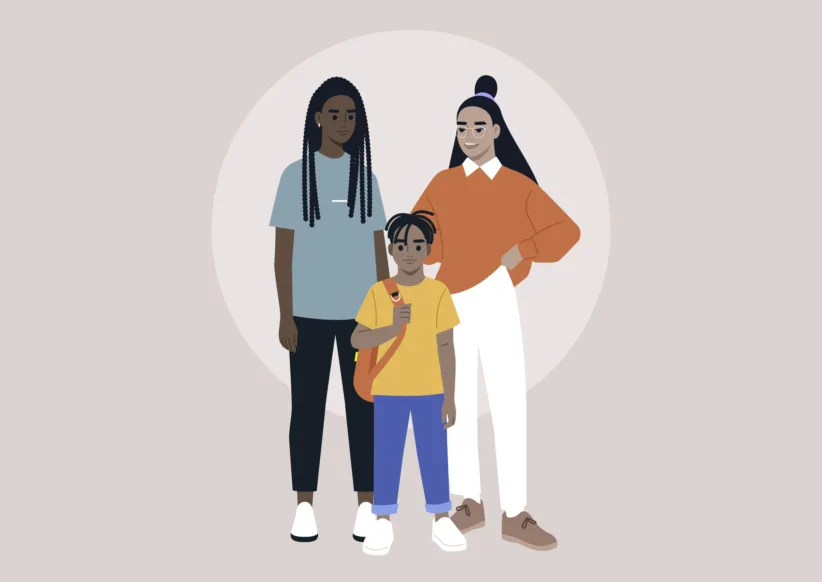Dear Dr. Karyn,
I’m becoming increasingly frustrated with how my kids seem entitled. They keep wanting more and more and my husband and I don’t know what to do to kick this attitude of entitlement. Not only do they seem ungrateful, but they also seem to lack empathy toward each other. Can you give some ideas on how parents can teach kids these two important qualities?
Dear Parent,
Great question! In fact, when I speak across the country at various parenting conferences, one of the most common questions parents ask me is exactly what you are asking — how can parents teach gratitude and empathy to their kids? These two characteristics are not just a good parenting idea, but research also tells us that these skills (which are components of EQ, aka “Emotional Intelligence”) are some of the greatest predictors for how successful a child will be in the 21st century. So how can parents teach these essential skills (which are 100 percent learned)? Here are three tips:
Understand It
Gratitude (which is self-focused) is when a person chooses to focus on all that is positive in his life. Research tells us that people who have gratitude benefit from personal happiness, optimism, lack of stress, and tend to be more satisfied with their lives. They take better care of themselves by doing things such as eating well and exercising and are professionally better strategic thinkers (Emmons and McCullough).
Empathy (which is other-centered) is when a person tries to see life through the lens of another and puts himself in another person’s shoes. Empathy is a cornerstone of EQ and people who are empathetic benefit from having the essential skill necessary for healthy relationships and an increased desire to help and share. They also lack of aggressive and violent behavior (Universities of Missouri, Toronto, Harvard and Illinois).
These two separate skills complement each other, since, when people are grateful they tend to want to help others. And when people are empathetic toward others it reminds them of all that they can be grateful for in their own lives.
Model It
The best way for kids to learn these skills is for parents to model it for them. Just like kids can pick up languages more easily at a young age, the sooner they can experience and observe gratefulness and empathy from their parents, the sooner they start learning it.
Teach It
There are many ways to teach these skills, but let me highlight eight small steps to get you started.
To teach gratitude:
• Get yourself and your kids to keep a gratitude journal (recording every day the small and big things you are grateful for). I’ve had clients as young as 8 do this, in addition to my adult clients. It’s a very easy step to help train your brain to focus on the simple and positive things in your life.
• After you have modeled saying “thank you” to your kids, teach them that you also expect a thank you after meals or drives to schools.
• Have your kids make and give thank you cards after they have received gifts. (For example, in my home, after our twins’ 5th birthday party, we had them make individual thank you cards for all their friends. Although this took more than five hours, it was well worth it!)
To teach empathy:
• When your kids seem upset, ask them the question, “How are you feeling?”
• If they say nothing or “I don’t know,” try my technique called “Give A Menu,” in which you provide options. For example, you can say, “Are you feeling angry, upset, or frustrated?” By providing some options (like a drop down menu), you can help your kids to be more effective at articulating how they feel.
• After they have stated the emotion, empathize with that emotion by saying something like, “I can understand why you are angry — I would be, too.”
• Allow them to vent about the situation and be careful NOT to dive into solution mode too quickly. Kids need to experience empathy from us before they are able to see it from the other person’s lens. And if we start providing the fix-it plan, kids will zone out and have a difficult time seeing it from another person’s perspective.
• After they have finished venting, and you have empathized with how they feel, only then should you ask them how they think the other person felt in the situation. If they have a difficult time thinking about this, you could ask them, “Imagine that the roles were reversed. How do you think you would feel in his shoes?”
Remember that learning these skills is a life-long process (not a quick fix), so be patient with yourself and your kids as they learn them!
Do you have a question for Dr. Karyn? She would love to hear from you! E-mail her at [email protected].





















